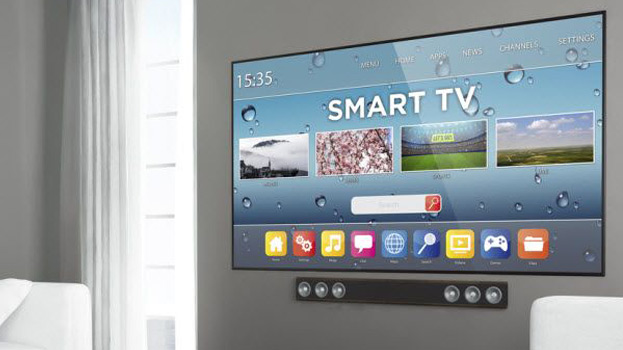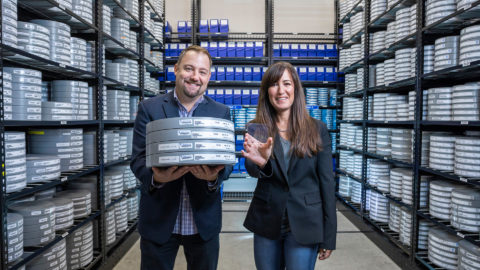IT Security: Quantifying the Impact of Greater Endpoint Security Effectiveness, Higher Performance, and Smaller Footprint
In the constant drive for increased productivity and cost effectiveness, enterprises are continuously asked to do more with less.
As such, IT is faced with the challenge to optimize the use of resources to enable user productivity. However, IT security appears to get in the way of these efforts. The ever growing impact of security software on the performance of desktops is slowing down PCs and consuming an increasing amount of system resources – sometimes causing PCs to have to be replaced or upgraded before the end of their projected lifecycle; and this all takes place as the number of infections and malware related support incidents continues to grow.
Operating systems and common desktop applications have doubled the demands of the hardware required to run them about every two years, annihilating the gains in Hardware speed. Analyzing Microsoft Windows, Microsoft Office and Adobe Reader (formerly called Acrobat Reader) with a two-year sampling frequency reveals the growing requirements.
Is security software the culprit?
To some degree, it is. Typically, endpoint security software consists of two key parts: a program part and a signature part. While the program part follows similar rules as other software, the signature part grows more rapidly. The accelerated proliferation of malware – currently estimated at over 2000 unique variants every single hour; in turn, results in the accelerated growth of the signature files and consistent growth of the overall client footprint. This increased consumption of system resources, mainly RAM, results in slower performance of applications.
Unfortunately, this constant growth of software and security solution can shorten a PC’s lifecycle. For example, an average PC purchased today, running Microsoft Windows 7, is equipped with 4GB of RAM. Applying current growth rates for software footprint and security footprint, even a 4-year lifecycle is not possible without adding memory or even replacing the PC.
Does Security Software get better as it grows?
One might think so, just as other software keeps acquiring more and more functionality to offload the user; but the truth is detection rates are much lower than a few years ago. Today, no one even expects security solutions to detect 100% of all threats. In fact, the industry has been adopting new, more realistic metrics wherein the percentage of threats blocked at first try and at subsequent tries is factored into an overall protection index.
How can Trend Micro help?
OfficeScan&trade, the core endpoint component of our enterprise security suites uses up to 60% fewer resources under load, when compared to other industry-leading products. Because OfficeScan leverages our Smart Protection Network, the bulk of signatures are not deployed to the endpoints, freeing up memory for your user’s applications.
When compared to other solutions, OfficeScan gets the job done faster – up to 60% faster. Scanning is finished earlier, returning the resources to the user sooner and minimizing the impact security scans have on their productivity.
Trend Micro provides protection that is far superior to that of other security vendors. In the latest comparative review of enterprise endpoint security solutions, Trend Micro provided protection that is over 50% better than Symantec and McAfee.
Calculate your savings
According to Osterman Research, an infected endpoint takes IT staff approximately 95 minutes to clean or reimage, and results in the same amount of end-user downtime. Factoring in the finding that on average about two-third of endpoints become infected every year, the average malware-induced cost is $71.52 per user per year. It is important to note that this is represents the total cost of malware incidents expressed as a per user amount for all end users – not just those that become infected.
OfficeScan provides protection that is 55% better than Symantec or McAfee, so the adjusted malware induced cost drops to $71.52 minus 55%, which is equal to $32.18 per user, per year.
Therefore:
OfficeScan’s better protection saves you an average of $39.34 per user, per year.
Additionally, because OfficeScan leverages in-the-cloud threat intelligence rather than client-side signature, it takes the “growing” element out of the equation of security footprint. The resource impact of security becomes sustainable and predictable.
So if you, like many companies do, upgrade your endpoints as you adopt Windows 7, Trend Micro can help you extend the lifecycle of that PC by up to a full year.
Summary
As software continues to add load to your endpoints, the even faster growing weight of security products can drastically shorten the lifecycle of your endpoints. As a result, the sheer volume of malware leads to more frequent infections, causing high support cost and productivity loss.
With proven industry leading protection and the smallest and sustainable client footprint, Trend Micro helps you reduce the cost associated with malware infections and extend the lifecycle of your endpoints by up to a full year. With combined savings of over $115 per user per year, switching to Trend Micro pays for itself within 6 months or less.
For more information and a personalized IT Solutions business offer, please contact us.
Source: resources.idgenterprise.com



